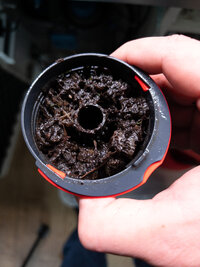durb992000
New Member
What would be people choose for biological filtration on my sump?
I’m considering oase pond pads or k1 as a moving bed filter.
Information seems to suggest oase provides more filtration capacity per capita.
Thoughts?
I’m considering oase pond pads or k1 as a moving bed filter.
Information seems to suggest oase provides more filtration capacity per capita.
Thoughts?


